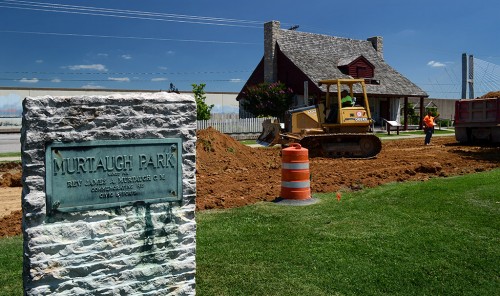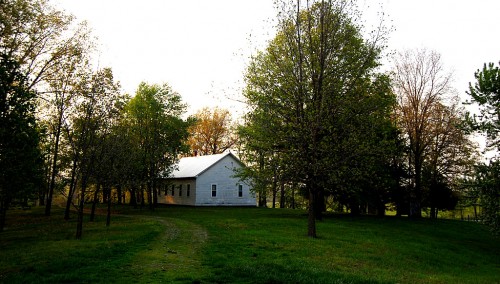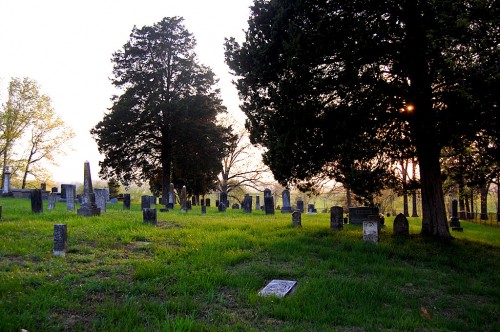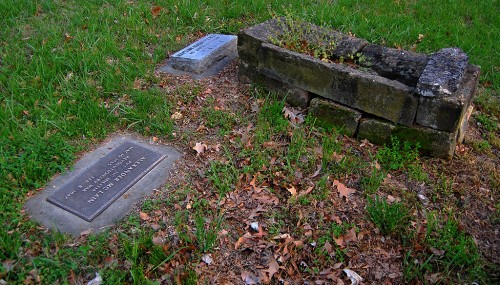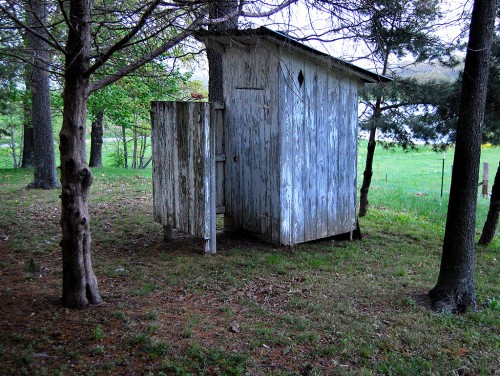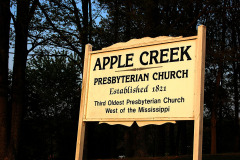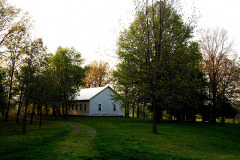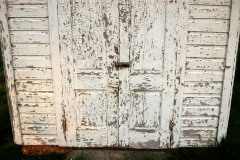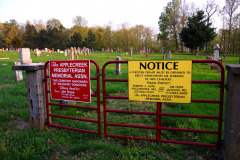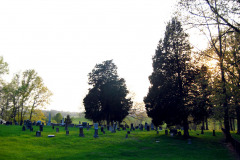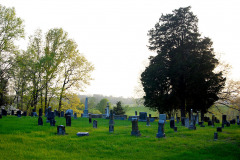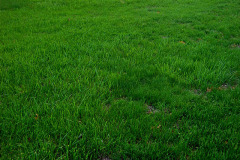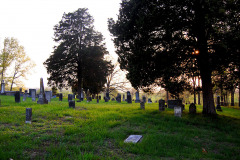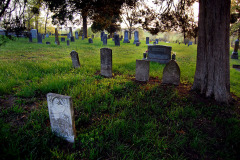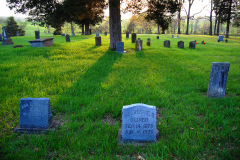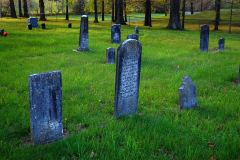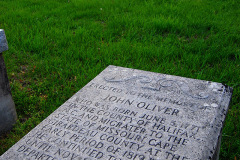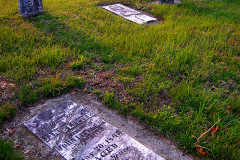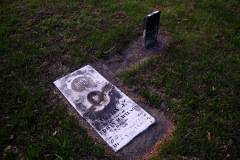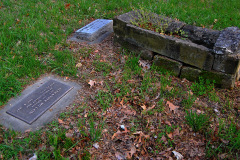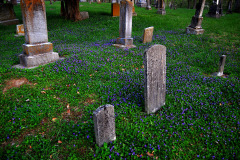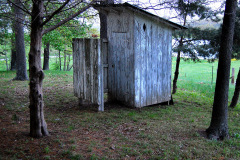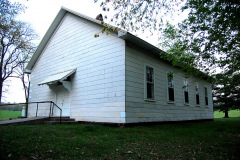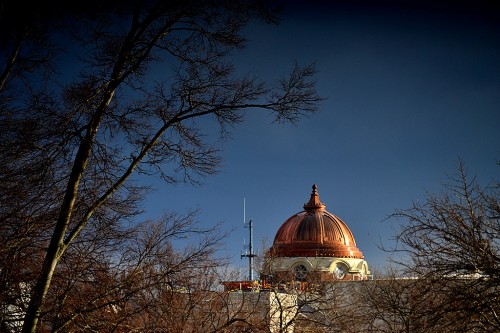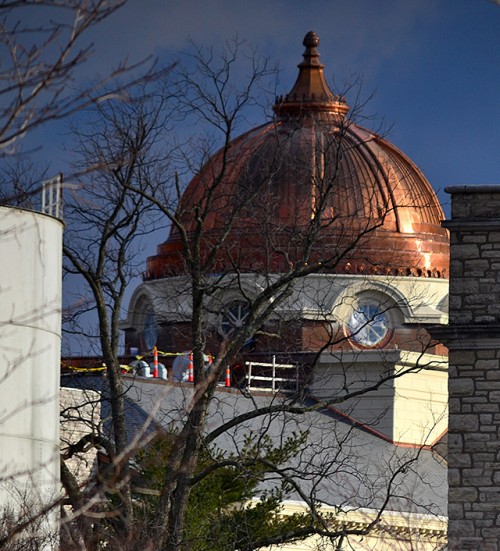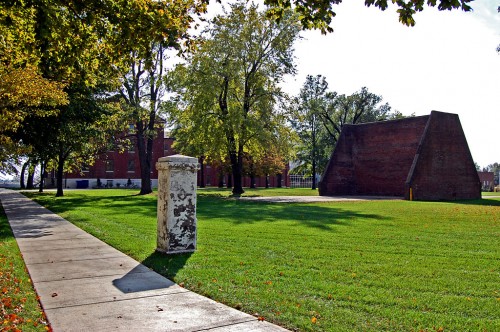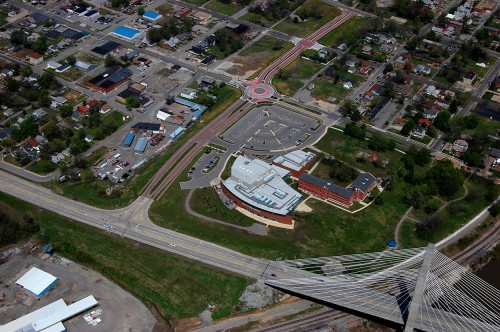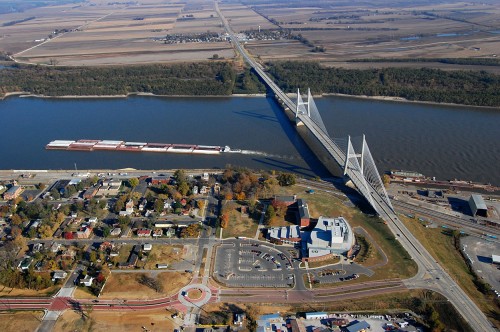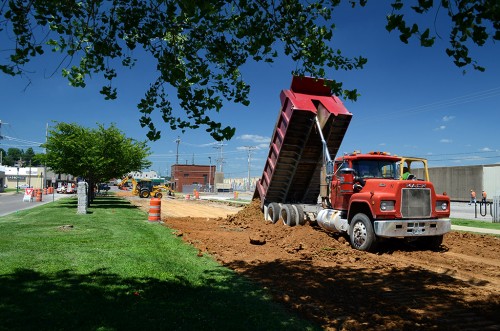 As many of you have figured out, I’m in Cape for a few weeks. When I’m here, I drive around like crazy trying to bag as much new material as possible to dole out when I return home to Florida.
As many of you have figured out, I’m in Cape for a few weeks. When I’m here, I drive around like crazy trying to bag as much new material as possible to dole out when I return home to Florida.
From time to time, I have even managed to scoop The Missourian. (Of course, as I point out to bike riders who brag about overtaking another rider, “It’s only a race if the other guy knows it.)
I thought I might have a chance of catching Photo Buddy Fred Lynch asleep this afternoon when I drove past what I’ve dubbed the Historical Triangle.
Have catskinners become deere slayers?
There was a artist on a bulldozer who we’d have called a “catskinner” in the days when yellow Caterpillar equipment was ubiquitous on job sites. I’ve seen enough dirt pushed around to judge he knew what he was doing.
Since he’s on a Deere dozer, I guess that would make him a “deere slayer,” but that doesn’t have the same ring. The sign in the foreground proclaims the narrow strip of grass to be Murtaugh Park. The Red House is in the background.
Drat! James Baughn beat me
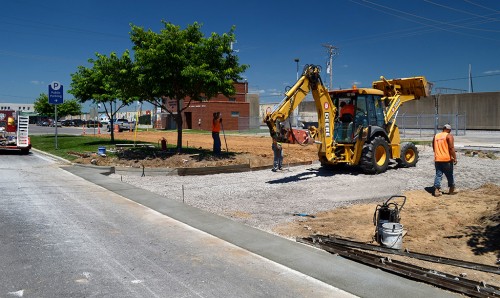 Right there in front of me was a flurry of dump trucks, jackhammers, front end loaders and guys leaning on shovels. All I had to do now was to figure out what was going on.
Right there in front of me was a flurry of dump trucks, jackhammers, front end loaders and guys leaning on shovels. All I had to do now was to figure out what was going on.
Drat! Missourian webmaster James Baughn, who with Fred and Sharon Sanders, are must-read Missourian bloggers, beat me to the story. He deserves the traffic, so get the full story from Baughn. (If you REALLY want to be distracted, go to his Bridgehunter website. There’s nowhere else like it to find interesting factoids about bridges.)
The short version is that making Main Street open to two-way traffic made Aquamsi Street redundant between William and Merriwether Streets. The workers were ripping up Aquamsi so grass could replace asphalt, resulting in Murtaugh Park nearly doubling in size. (Of course, that will last until the City Fathers and Mothers decide to make Main one-way again in a few years.)
I stumbled across another story that is right up Baughn’s alley. I hope he reads it here before I see it appear in his blog.

